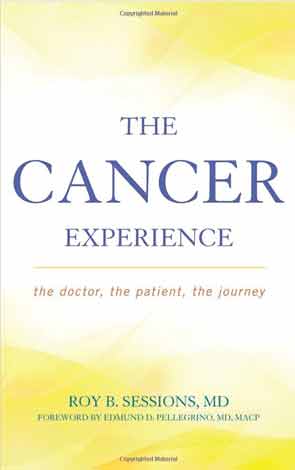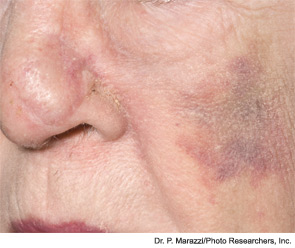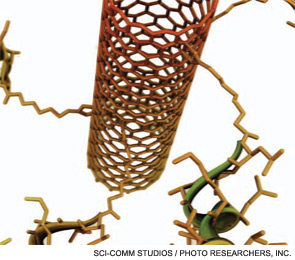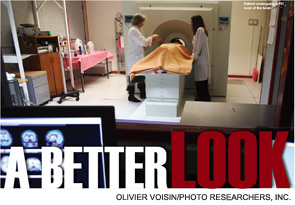Why some adolescents are not receiving the HPV vaccine, which may prevent HPV-related oropharyngeal cancers, and what can be done about it



A new book written by Roy Sessions, MD, takes a holistic approach to patients with cancer from psychological, moral and religious perspectives

Over the past 15 years, a distinct subgroup of head and neck cancers caused by the human papillomavirus (HPV) has emerged, particularly among white males between 45 and 54 years of age
Immunohistochemical analysis of p16 expression levels in tumor tissues, and it situ hybridization to detect many types of onocogenic HPV, are often used either alone, or in combination
TORS alone effective for select cases of oropharyngeal cancer; swallowing exercises during cancer treatment and muscle maintenance; better analytic tools needed for pediatric OSA; individualized education improves language skills in UHL; vitamin a not an effective treatment for olfactory disorders; ECD as alternative surgery for benign parotid tumors.
A new study again raises the issue of cancer risk with CT scan usage.
Five health care apps for mobile devices and tablets available to patients

The right way to restore a patient’s nose after cancer depends on subtle factors: The shape, the depth, and the precise location of the wound all dictate how to go about the reconstruction, according to experts at the Triological Society Combined Sections Meeting.

The biggest gains in the future for surgical and therapeutic treatments of head and neck cancer will likely include the use of imaging techniques, radio-enhancers and drug delivery vehicles that are really, really small.

When it comes to treating head and neck tumors, the more information that is available, the better. In the past, options for investigating these types of tumors and their aggressiveness were limited. But advances in optical imaging, positron emission tomography (PET) scanning, magnetic resonance imaging (MRI) and fluorescent and ultrasound imaging have some otolaryngologists excited about the prospect of getting a better look at head and neck cancer.